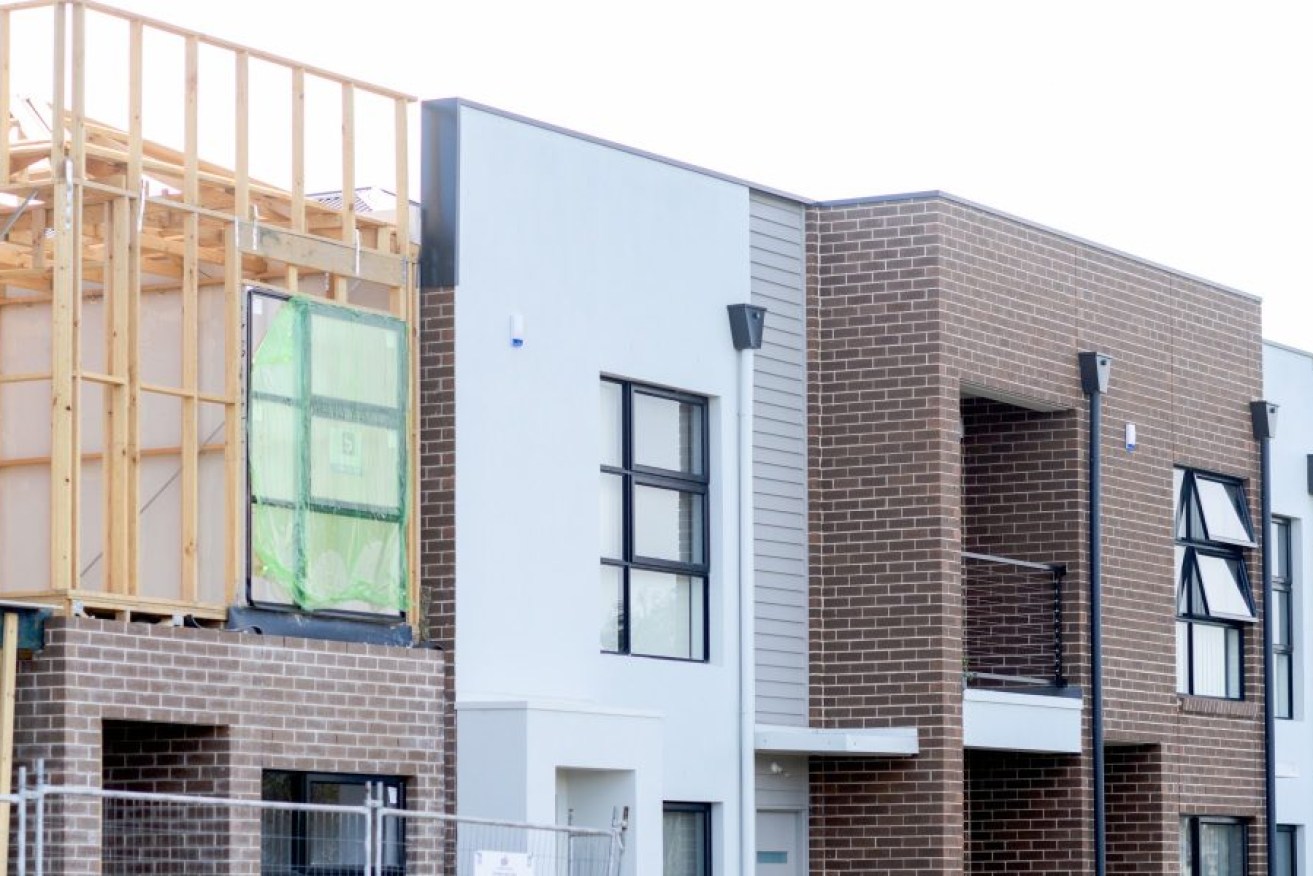Don’t end urban infill in Adelaide – do it better
Urban infill in Adelaide isn’t a problem in itself – the real issue is the lack of accompanying investment in public transport and open space, argues James Atkinson.

Photo: Tony Lewis/InDaily
It’s heartening to see the Urban Development Institute of Australia (UDIA) promoting debate around housing supply in Adelaide.
While in recent decades we’ve not seen the growth pressures of many other cities in Australia, there’s still a need to ensure that urban development is done in a way that aligns with the interests and expectations of the metropolitan community.
The UDIA has identified the need to support the delivery of more large-scale urban infill and greenfield development opportunities, addressing what it refers to as an “overreliance” on “ad hoc” single-dwelling subdivisions. While it’s clearly in the interests of UDIA members to support new large-scale development opportunities, it’s also the case that infill development in Adelaide could be done better.
All too often across the city, infill development occurs in the absence of appropriate investment in public transport, open space and more. This in effect means that the costs of infill development – including traffic congestion, loss of neighbourhood character, and poor design outcomes – are borne disproportionately by residents of areas where rates of infill development are highest.
That said, to commit to a reduction of infill development would be to throw the baby out with the bathwater. Instead, we should ensure that infill development is done in a way that contributes to the creation of a more liveable, economically efficient, and resilient urban structure. To this end, infill development should be directed to parts of our city where accessibility to jobs, services, entertainment, and culture are highest, and where infrastructure is already present (or where it would be relatively cheap to deliver). We should also seek to ensure that costs associated with its delivery are distributed as fairly as possible.
A clever approach to the development of infill housing will ensure it remains an important source of housing supply without detracting from the liveability of our suburbs.
The updated 30 Year Plan for Greater Adelaide should promote investment in new housing stock in the right places – along key inner-urban corridors, on the edge of key activity centres, and in our inner-city suburbs. It’s clearly a problem that while the existing 30 Year Plan speaks of the need to create a metropolitan area that is compact, accessible and efficient, the four most important infill development suburbs are located well away from central Adelaide, and, in the case of Morphett Vale, around 25 kilometres from the CBD.
We should be honest and recognise that whilst the entire state community benefits indirectly from infill development, growing our housing stock in this way also has downsides with costs largely borne by residents of infill areas. To ensure the idea of infill development retains the support of the broader community, we should take steps to ensure that local impacts are mitigated where possible, and that costs associated with infill development are shared. This means offsetting the burden for affected communities with publicly-funded investments in improved public transport services, new and enhanced open spaces, better centres, and more.
A less ad-hoc, more targeted approach to infill development would ultimately help to preserve the existing neighbourhood character of a larger share of Adelaide’s suburban areas. Also, limiting infill development to already accessible and well-serviced parts of the city will drive efficiencies in the provision of infrastructure, with a lower cost of providing upgraded or new infrastructure to support new resident populations.
It is right that we consider opportunities for new brownfield and greenfield development across the city. However, while there are challenges associated with the delivery of infill housing, we shouldn’t give up just yet.
A clever approach to the development of infill housing will ensure it remains an important source of housing supply without detracting from the liveability of our suburbs. The update of the 30-Year Plan is an important opportunity to ensure the development of infill housing in Adelaide is done better, with new dwellings in the right locations, and with the cost burden spread fairly across the metropolitan community.
James Atkinson is a senior economist at TSA Advisory (part of TSA Management). TSA provide strategic, technical and commercial advice for complex infrastructure projects in Australia and overseas.




